Home>Articles>Where Should You Store Raw Fish In A Refrigerator?
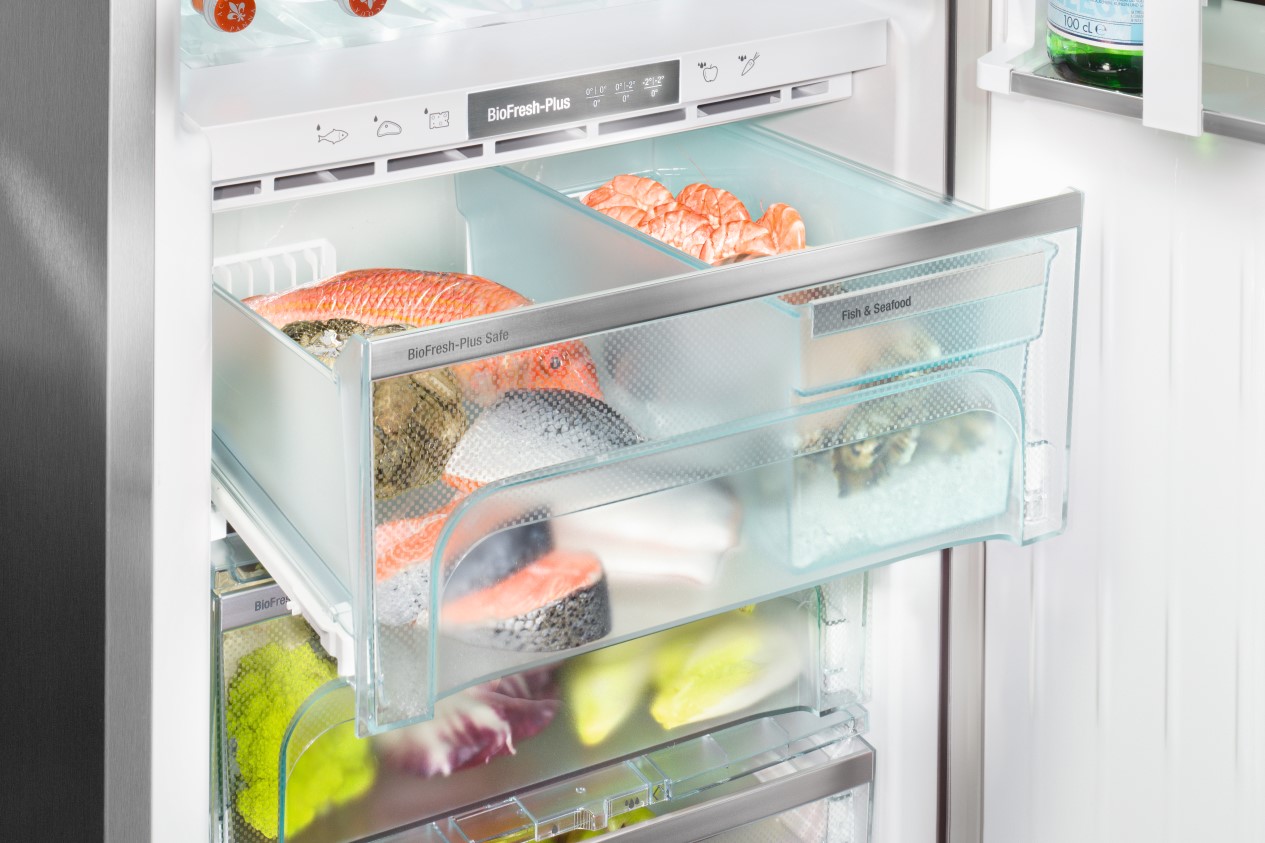

Articles
Where Should You Store Raw Fish In A Refrigerator?
Modified: February 23, 2024
Learn the proper way to store raw fish in your refrigerator to maintain freshness and prevent cross-contamination. Read our helpful articles now!
(Many of the links in this article redirect to a specific reviewed product. Your purchase of these products through affiliate links helps to generate commission for Storables.com, at no extra cost. Learn more)
Introduction
Proper storage of raw fish is crucial to maintain its freshness, quality, and safety. Whether you are a seafood enthusiast or a professional chef, knowing where and how to store raw fish in a refrigerator is essential to ensure its taste and prevent the growth of harmful bacteria.
Raw fish is a delicate ingredient that requires specific conditions to stay fresh and safe for consumption. The temperature, location, and storage methods play a vital role in preserving its flavor and preventing spoilage.
In this article, we will discuss the importance of proper fish storage, general guidelines for storing raw fish in a refrigerator, the preferred location for raw fish storage, factors to consider when choosing a refrigerator spot, tips to keep raw fish fresh, and precautions to take when storing raw fish.
By following these guidelines and implementing best practices, you can ensure that the raw fish you store in your refrigerator maintains its quality, taste, and safety until you are ready to cook and enjoy it.
Key Takeaways:
- Store raw fish in the coldest part of the refrigerator, like the bottom shelf, to maintain freshness and prevent cross-contamination. Proper packaging and regular cleaning are essential for safe and delicious fish.
- Follow the “first in, first out” rule when storing raw fish to minimize waste and ensure optimal freshness. Keep fish separate from strong-smelling foods and check for signs of spoilage before storage.
Importance of Proper Fish Storage
Proper fish storage is crucial for several reasons. Firstly, it helps to maintain the freshness and quality of the fish. When fish is stored correctly, it can retain its flavor, texture, and nutritional value for a longer period of time.
Additionally, proper fish storage is essential for food safety. Raw fish is vulnerable to bacterial growth, which can lead to foodborne illnesses such as salmonella or listeria. By storing fish properly, you can minimize the risk of bacterial contamination and food poisoning.
Furthermore, proper fish storage can help prevent odors and cross-contamination in your refrigerator. Fish has a strong aroma that can easily transfer to other foods if stored improperly. By following the correct storage guidelines, you can prevent the absorption of fish smells by other items in your fridge.
Another important aspect of proper fish storage is preventing spoilage. Fish is a perishable food item that can quickly spoil if not stored in the right conditions. Spoiled fish not only poses a health risk but also results in waste and unnecessary expenses.
Overall, proper fish storage is vital for maintaining freshness, ensuring food safety, preventing cross-contamination, and reducing waste. By following the guidelines and best practices for fish storage, you can enjoy the benefits of high-quality, safe, and delicious fish whenever you’re ready to cook.
General Guidelines for Storing Raw Fish in a Refrigerator
When it comes to storing raw fish in a refrigerator, there are some general guidelines that you should follow to ensure its freshness and safety. Here are a few key tips:
- Always buy fresh fish from a reputable source. Ensure that it has been properly handled and stored before purchase.
- As soon as you get home, place the raw fish in a clean container or wrap it tightly in plastic wrap or aluminum foil to prevent leakage and contact with other foods.
- Keep the fish in the refrigerator as soon as possible. The temperature of the fridge should be set between 32°F (0°C) and 39°F (4°C) to maintain the freshness of the fish.
- If you are not planning to use the fish within a day or two, it is best to freeze it to prolong its shelf life. Vacuum-sealed packaging or freezer bags are ideal for freezing fish.
- Label the container or package with the date of purchase or freezing to keep track of freshness.
- Avoid storing raw fish near foods with strong odors as it can absorb the smells. Keep it separate from strong-smelling ingredients like onions, garlic, and cheese.
- Do not store fish on the top shelf of the refrigerator as this area is usually the warmest. Instead, place it on the bottom shelf or in the coldest part of the fridge.
- Always practice the “first in, first out” rule. Use older fish before the newer ones to minimize the risk of spoilage.
By following these general guidelines, you can ensure that your raw fish stays fresh, maintains its quality, and remains safe for consumption.
Preferred Location in the Refrigerator for Raw Fish Storage
Choosing the right location in your refrigerator for storing raw fish is essential to maintain its freshness and prevent cross-contamination. The ideal spot is the coldest part of the refrigerator, typically the bottom shelf or the back of the fridge.
Here are a few reasons why these locations are preferred for raw fish storage:
- Temperature: The bottom shelf is generally the coldest part of the refrigerator, as cool air tends to settle there. This lower temperature helps to keep the fish fresh and slow down bacterial growth.
- Avoiding Cross-Contamination: Storing raw fish on the bottom shelf or in the back of the fridge helps prevent any dripping or leakage from coming into contact with other foods. This minimizes the risk of cross-contamination and the transfer of fish odors to other items in the refrigerator.
- Stability: Placing raw fish on the bottom shelf or in the back of the fridge ensures that it is not disturbed or moved frequently. This stability helps to maintain the delicate texture and integrity of the fish.
It is also important to note that if your refrigerator has a dedicated seafood compartment or a drawer, this is an ideal location for storing raw fish. These compartments are specifically designed to maintain the optimum temperature and humidity for seafood storage, ensuring the fish stays fresh for a longer period.
However, if your refrigerator does not have a designated seafood compartment, the bottom shelf remains the best choice. Avoid storing raw fish on the top shelf or in the door compartments, as these areas tend to be warmer, making them unsuitable for fish storage.
Remember to always keep raw fish in a sealed container or tightly wrapped to prevent any leakage or contact with other foods in the refrigerator. By choosing the preferred location and following proper storage practices, you can ensure that your raw fish remains fresh, safe, and ready to be cooked whenever you’re ready to enjoy it.
Store raw fish in the coldest part of the refrigerator, usually the bottom shelf or the back of the fridge. Keep it in a sealed container or wrapped tightly in plastic to prevent cross-contamination.
Factors to Consider When Choosing a Refrigerator Spot for Raw Fish
When it comes to storing raw fish in a refrigerator, selecting the right spot is crucial to maintain its freshness and ensure food safety. Here are some factors to consider when choosing a refrigerator spot for raw fish:
- Temperature: The temperature of the chosen spot is an important consideration. Raw fish should be stored in a cold environment to slow down bacterial growth and maintain its quality. The coldest part of the refrigerator, such as the bottom shelf or the back, is ideal for this purpose.
- Avoiding Cross-Contamination: It is important to keep raw fish away from other foods to prevent cross-contamination. Choose a spot that allows proper separation from other items in the refrigerator, especially those with strong odors that can be easily absorbed by the fish.
- Stability: Opt for a location that provides stability and minimizes movement. Raw fish is delicate and can easily be damaged if it is jostled or knocked over. Select a spot where the fish container or package can be securely placed without the risk of being disturbed.
- Space: Consider the available space in your refrigerator when choosing a spot for raw fish storage. Ensure that it has enough room to accommodate the fish container or packaging without overcrowding. Squeezing the fish in a cramped space can affect its quality and increase the chances of spoilage.
- Easy Access: While considering the factors mentioned above, also think about convenience and accessibility. Choose a location that allows easy access to the raw fish when you need to retrieve it for cooking or meal preparation.
It is worth noting that some modern refrigerators come with specialized storage compartments or drawers designed specifically for seafood. These compartments provide the ideal conditions, including temperature and humidity, to keep raw fish fresh. If your refrigerator has such compartments, it is recommended to utilize them for storing raw fish.
By considering these factors and choosing the right refrigerator spot for raw fish storage, you can ensure that your fish remains fresh, maintains its quality, and avoids any potential contamination.
Tips for Keeping Raw Fish Fresh in the Refrigerator
Keeping raw fish fresh in the refrigerator is essential to maintain its quality, flavor, and safety. Here are some tips to help you maximize the freshness of raw fish:
- Temperature Control: Ensure that your refrigerator is set to the optimal temperature range of 32°F (0°C) to 39°F (4°C). This temperature range helps to slow down bacterial growth and maintain the freshness of the fish.
- Proper Packaging: Store raw fish in a clean container or wrap it tightly in plastic wrap or aluminum foil. This helps to prevent leaks and keeps the fish from coming into contact with other foods in the refrigerator.
- Use Sealed Containers: Whenever possible, use sealed containers designed specifically for storing fish. These containers keep the fish fresh, prevent odors from spreading, and minimize the risk of cross-contamination.
- Keep Fish Separate: To prevent cross-contamination, store raw fish separately from other foods, especially those with strong odors. Use separate shelves or compartments, or place the fish in sealed plastic bags to avoid any odor transfer.
- Don’t Keep Fish for Too Long: Raw fish is highly perishable and should be consumed within a few days. Avoid keeping fish in the refrigerator for extended periods. If you won’t use it within a day or two, consider freezing it to maintain its freshness.
- Label and Date: Always label the container or packaging with the date of purchase or freezing. This helps you keep track of the freshness of the fish and ensures that you use older fish first.
- Regularly Clean the Refrigerator: Clean your refrigerator regularly to prevent the build-up of bacteria and odors. Wipe down shelves, drawers, and door compartments using a mild cleaning solution to maintain a clean and fresh environment for storing fish.
- Practice First In, First Out: When storing multiple pieces of fish, follow the “first in, first out” rule. Use older fish before newer ones to minimize the chances of spoilage and waste.
By following these tips, you can prolong the freshness of raw fish in the refrigerator and ensure that it remains safe and delicious until it’s ready to be cooked and enjoyed.
Precautions to Take when Storing Raw Fish in a Refrigerator
Storing raw fish in a refrigerator requires careful precautions to ensure its freshness and prevent any potential risks. Here are some important precautions to take when storing raw fish:
- Keep it Cold: Raw fish is highly perishable and can spoil quickly if not stored at the proper temperature. Maintain a refrigerator temperature of 32°F (0°C) to 39°F (4°C) to keep the fish fresh and slow down bacterial growth.
- Separate from Other Foods: To avoid cross-contamination, store raw fish separately from other food items in your refrigerator. Keep it in a sealed container or wrapped securely to prevent any leakage or contact with other foods.
- Prevent Odor Transfer: Raw fish has a distinct smell that can easily transfer to other foods if stored improperly. Store it in a dedicated compartment, on the bottom shelf, or in a sealed container to minimize odor transfer and prevent flavors from mingling.
- Check for Freshness: Before storing raw fish, check for signs of freshness. Ensure that the fish smells fresh (like seawater) and has clear eyes, shiny skin, and firm flesh. If the fish appears discolored, slimy, or has a strong, unpleasant odor, avoid storing and discard it instead.
- Rotate Fish: Practice the “first in, first out” rule to ensure that older fish gets used before newer ones. This helps prevent any fish from being stored for too long and reduces the risk of spoilage.
- Regular Cleaning: Clean your refrigerator regularly to maintain a clean and hygienic storage environment. Wipe down shelves, drawers, and compartments with a mild cleaning solution to remove any spills, odors, or potential bacteria growth.
- Minimize Air Exposure: When storing raw fish, minimize air exposure as much as possible. Wrap it tightly in plastic wrap or aluminum foil, or use airtight containers to prevent oxidization and maintain its freshness.
- Use Fresh Fish: The quality of the fish you store depends on its freshness when purchased. Always buy fresh fish from reliable sources, and avoid storing fish that is past its prime or close to the expiration date.
- Follow Storage Times: Raw fish is best consumed within a few days. Follow recommended storage times and guidelines to ensure optimal freshness and safety. If you won’t consume the fish within the recommended period, consider freezing it instead.
By taking these precautions, you can ensure that your raw fish stays fresh, safe, and of the highest quality while stored in the refrigerator.
Conclusion
Proper storage of raw fish in a refrigerator is crucial for maintaining its freshness, quality, and safety. By following the guidelines and precautions outlined in this article, you can ensure that your raw fish stays fresh and safe for consumption.
Remember to store raw fish in the coldest part of the refrigerator, such as the bottom shelf or the back, to maintain the optimal temperature. Separate it from other foods to avoid cross-contamination and prevent the transfer of strong odors. Properly package the fish to prevent leaks and maintain its integrity.
It is also important to pay attention to the freshness of the fish before storing it. Checking for signs of spoilage and using the “first in, first out” rule can help reduce waste and ensure that you consume the fish when it is at its best quality.
Regular cleaning of the refrigerator and following recommended storage times are essential to maintain a clean and hygienic environment for storing raw fish.
By taking these precautions and following the tips provided, you can maximize the freshness and quality of the raw fish you store in your refrigerator. Enjoy the benefits of delicious, safe, and high-quality fish whenever you’re ready to cook.
Remember, proper storage of raw fish is not only important for taste and quality but also for food safety. By implementing these best practices, you can reduce the risk of bacterial contamination and ensure a healthy dining experience for you and your loved ones.
Frequently Asked Questions about Where Should You Store Raw Fish In A Refrigerator?
Was this page helpful?
At Storables.com, we guarantee accurate and reliable information. Our content, validated by Expert Board Contributors, is crafted following stringent Editorial Policies. We're committed to providing you with well-researched, expert-backed insights for all your informational needs.
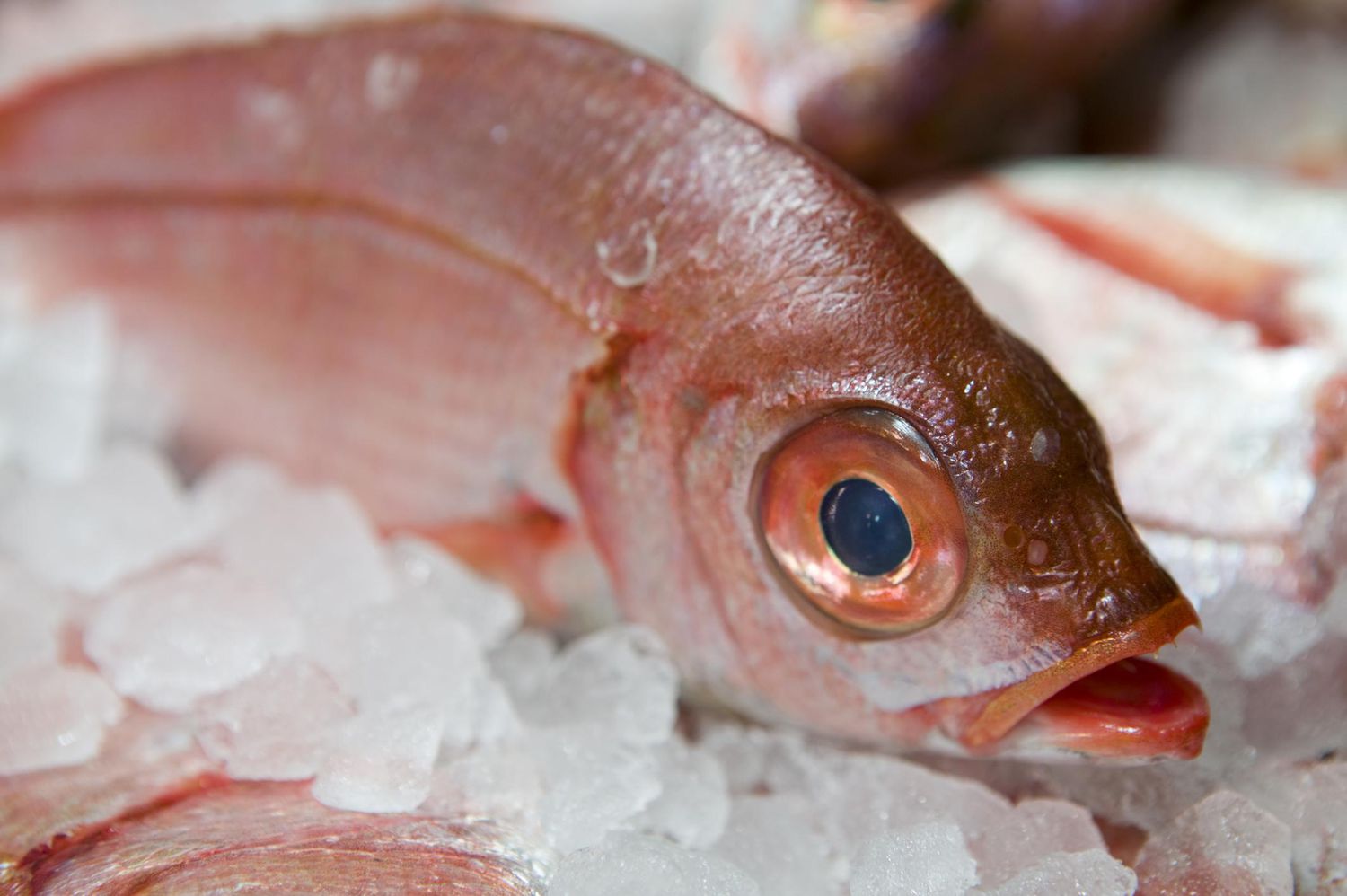
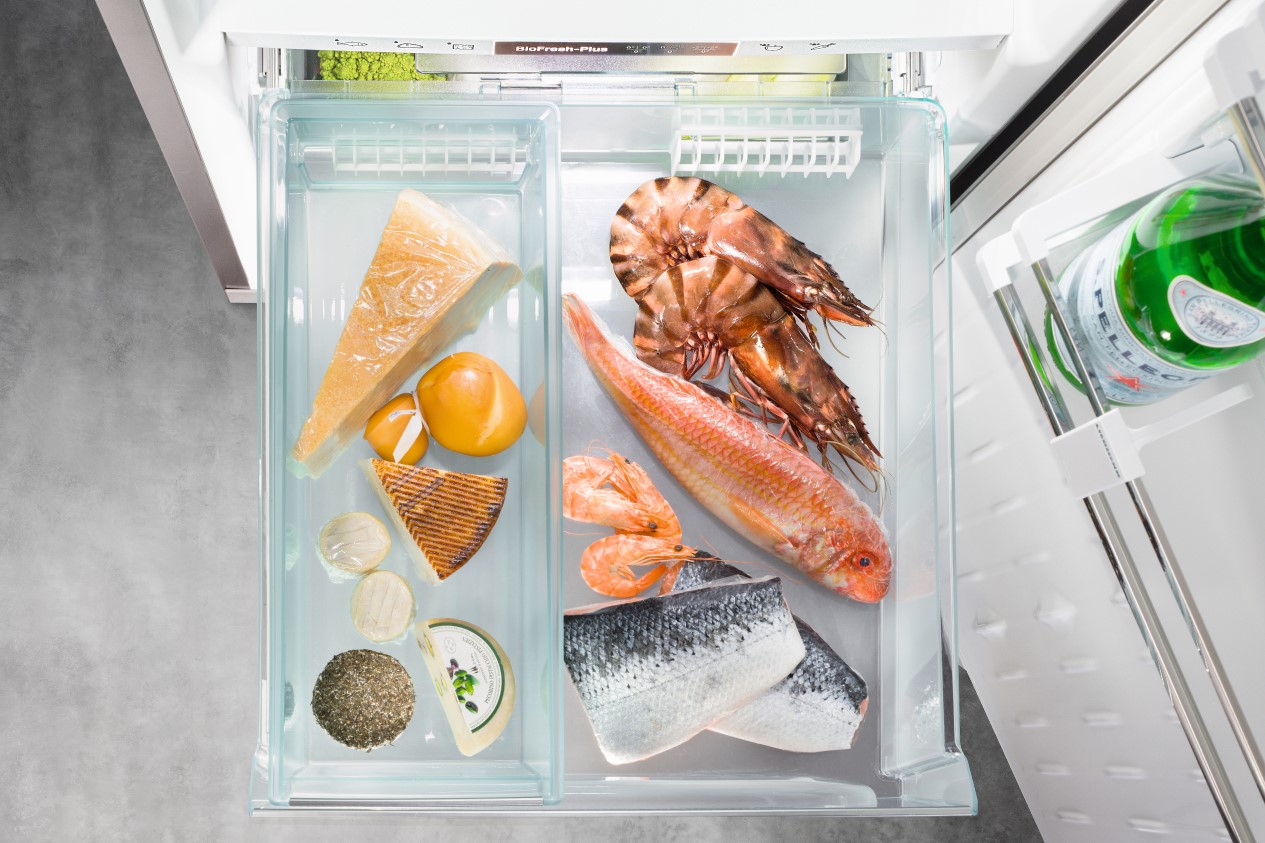

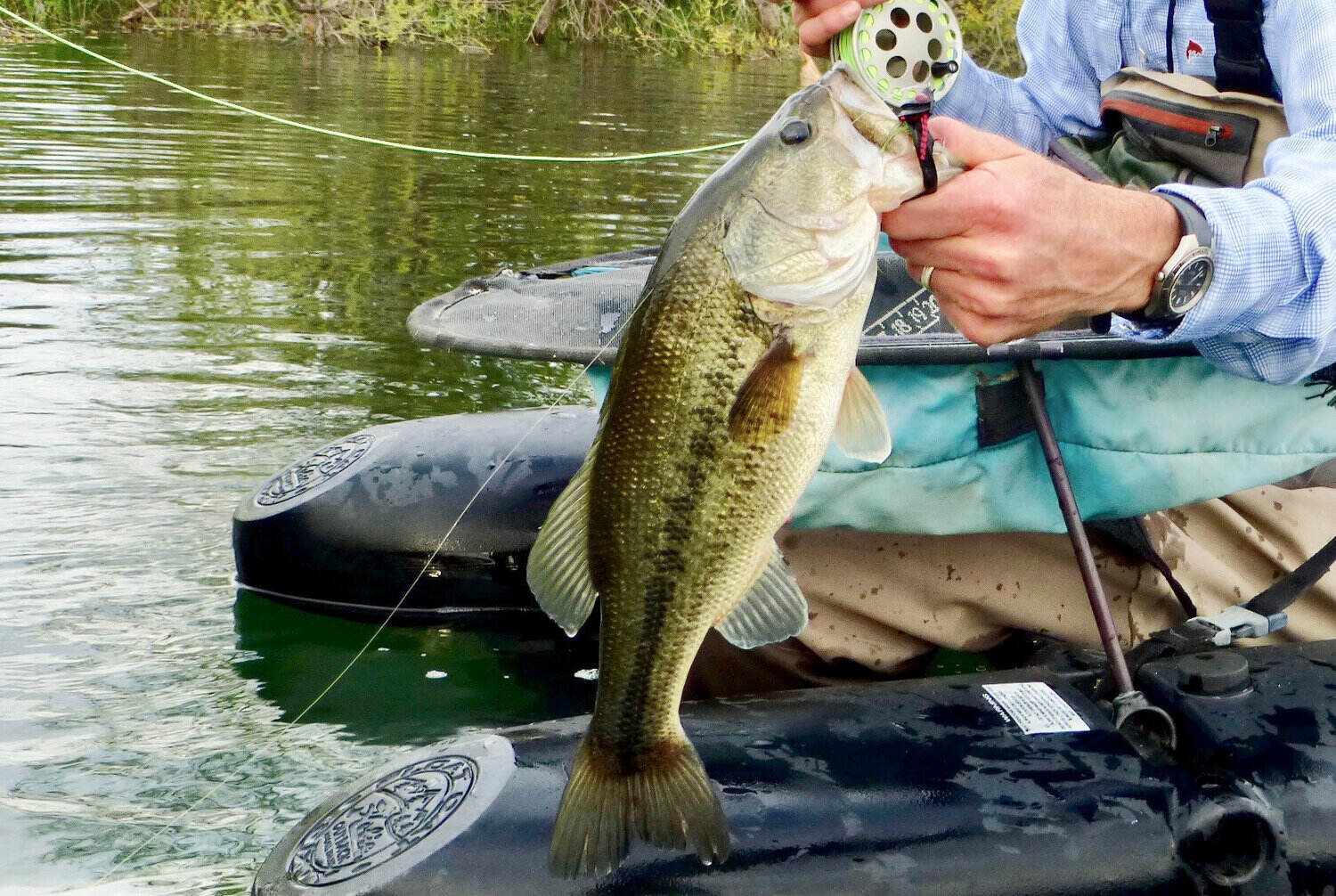

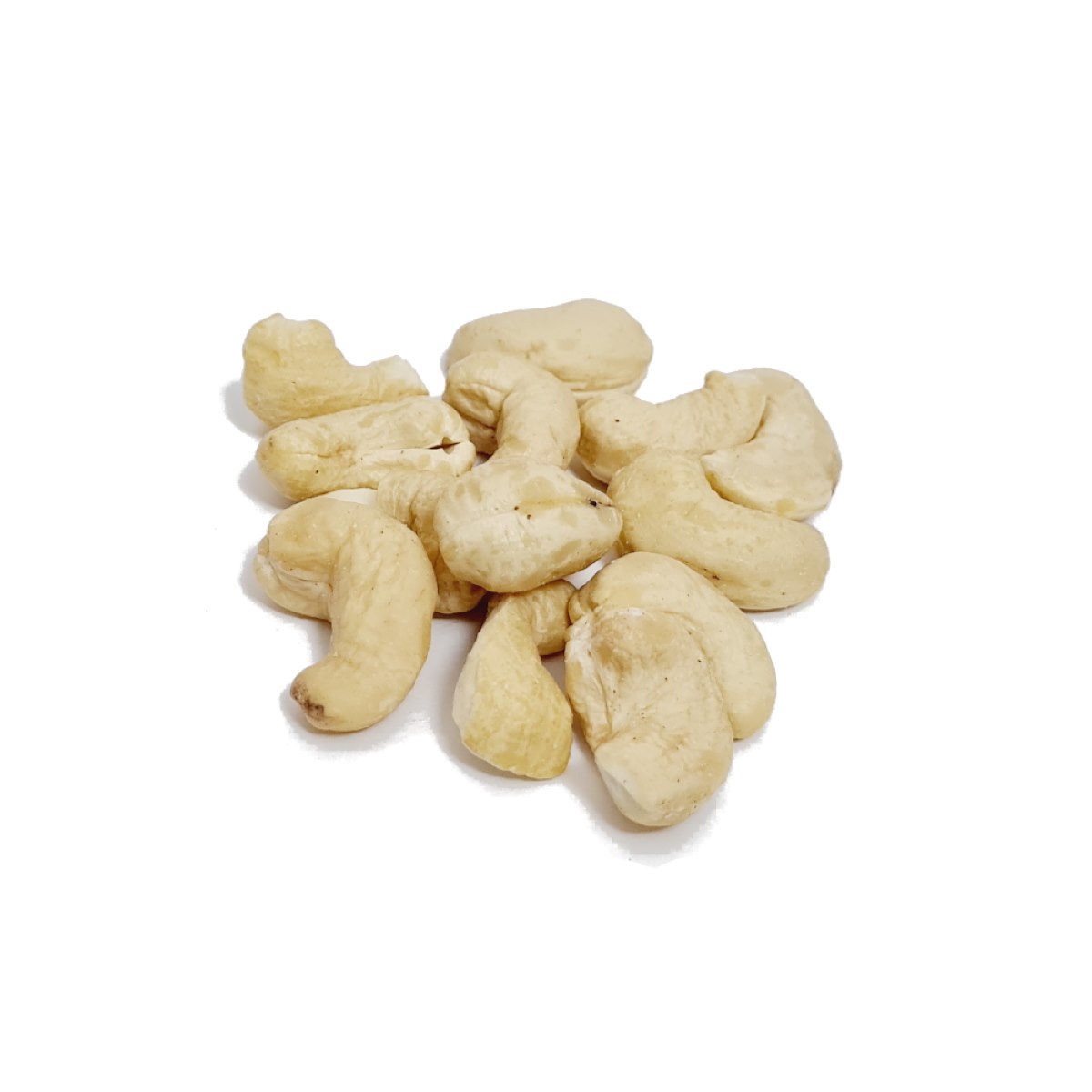

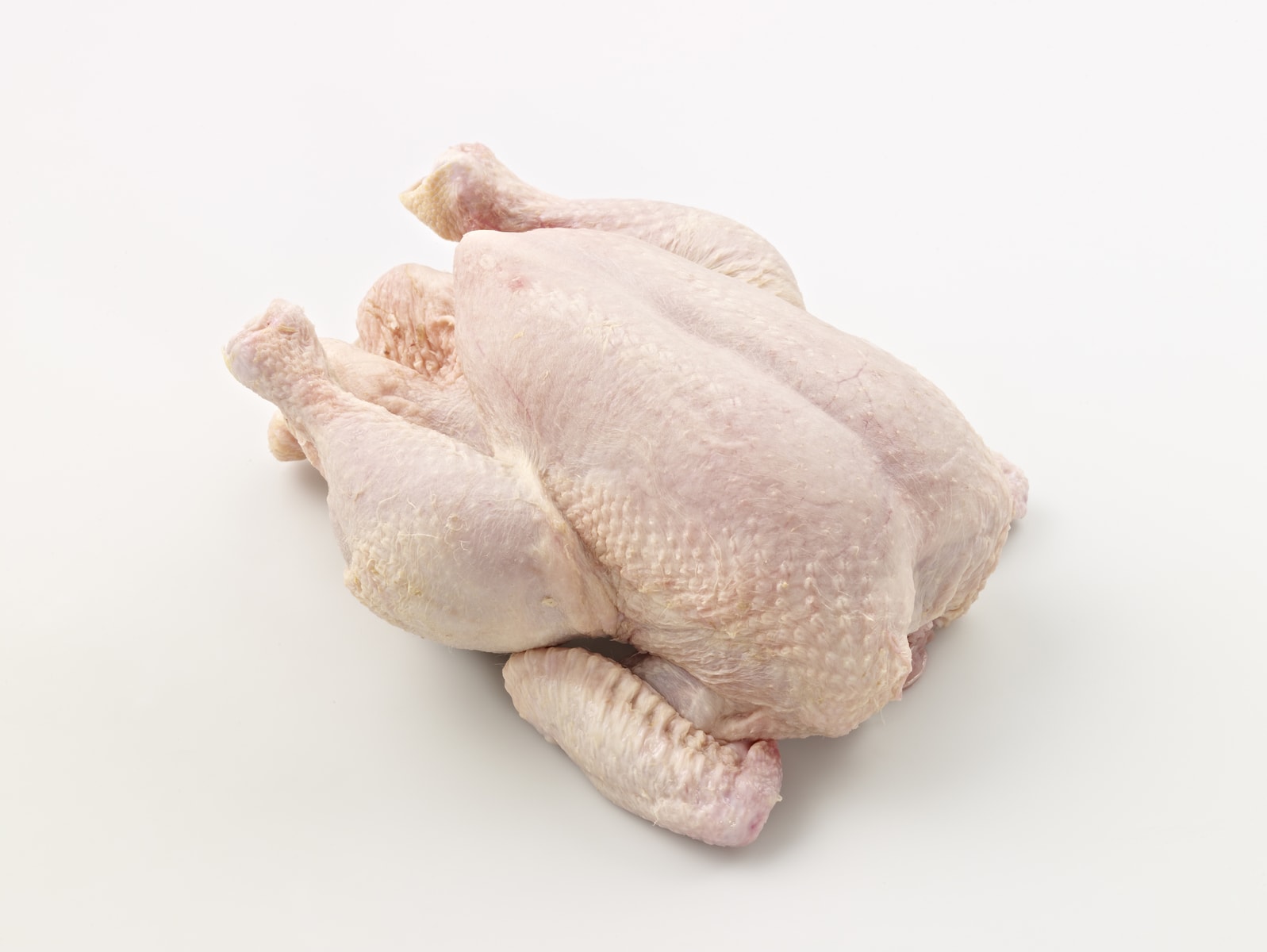







0 thoughts on “Where Should You Store Raw Fish In A Refrigerator?”